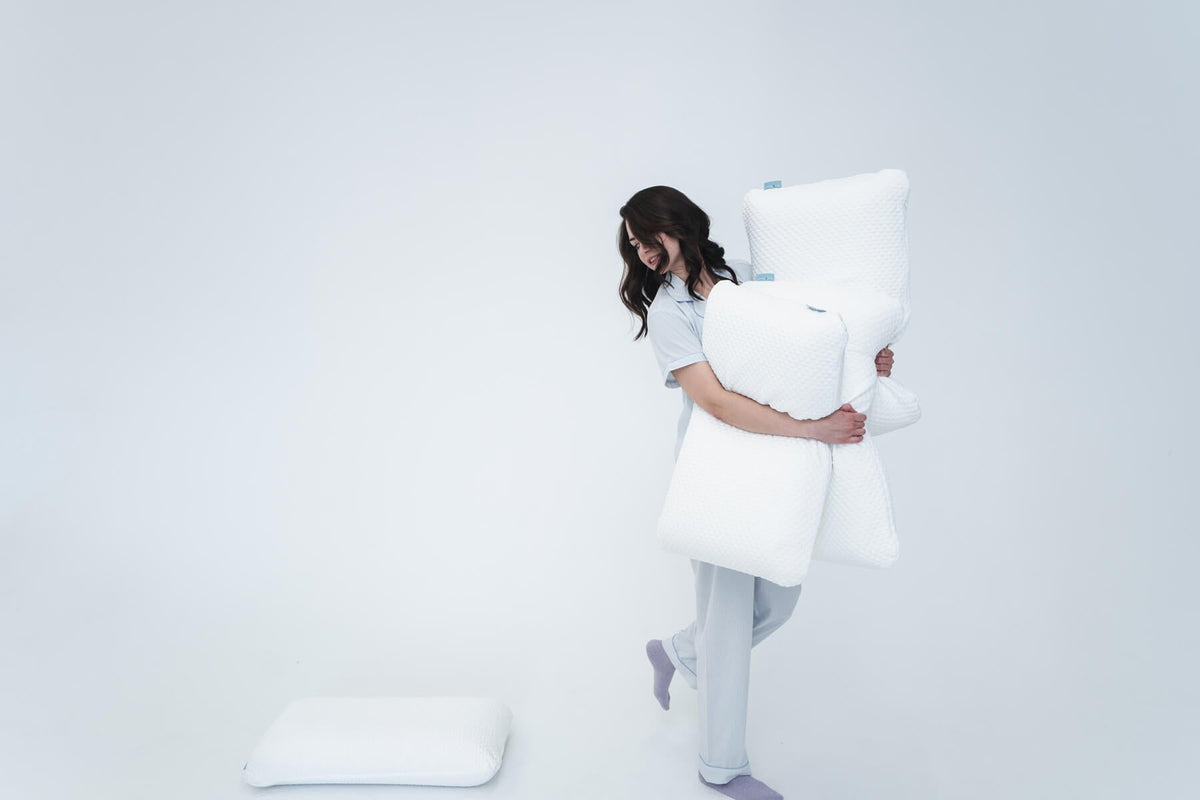
6 Tips to Overcome Jet Lag and Sleep Better While Traveling
|
|
Time to read 3 min
|
|
Time to read 3 min
Jet Lag Solutions: The article explores expert-recommended strategies to combat jet lag, including adjusting sleep schedules, managing light exposure, and using sleep aids like melatonin.
Travel Sleep Tips: It provides practical advice for improving sleep quality while traveling.
Jet lag can make your eagerly awaited trip feel like a challenge before it even begins. Whether you're crossing time zones for business or leisure, adapting to a new sleep schedule can leave you groggy and out of sync. The good news? With careful planning and smart strategies, you can minimize jet lag's effects and enjoy restful sleep—even on the go.
Here's your guide to beating jet lag and setting yourself up for high-quality sleep while traveling.
Your body thrives on routine, so sudden time zone changes can disrupt its natural rhythm. According to National Geographic, adjusting your sleep schedule before your trip can smooth the transition.
Book flights that land during the day. Arriving at your destination in the morning or afternoon helps you align with the local schedule faster.
Light is one of the most powerful tools for signaling your body when it's time to wake up or wind down.
To adjust to the new time zone, seek morning sunlight upon arrival if traveling east or expose yourself to evening light if traveling west.
On the plane, use an eye mask to simulate darkness during your sleep window.
Source: National Geographic, “How to Outsmart Jet Lag”
Dehydration can worsen jet lag symptoms, such as fatigue and difficulty focusing. To avoid this:
Sip water consistently throughout your flight and upon arrival.
Limit caffeine consumption in the hours leading up to bedtime in your destination’s time zone. While tempting, an extra coffee could disrupt your sleep later on.
Similarly, skip alcohol in-flight—while it might make you feel drowsy, it disrupts deep, restorative sleep.
If you’re craving a warm drink, stick to herbal teas like chamomile, which promote relaxation without disrupting your sleep cycle.
Melatonin is a natural hormone that signals your body it’s bedtime. For jet lag, taking a low dose at your target bedtime can help you fall asleep in your new time zone.
When to take it: An hour before bedtime in your destination.
Use sparingly: Avoid using melatonin for more than a few days to prevent dependence.
While melatonin is widely accessible, consult a healthcare provider before use to ensure it’s right for you.
Setting up a comfortable, travel-friendly sleep environment makes all the difference.
While you probably can't fit Sure2Sleep's mattress or topper in your carry-on, it can be helpful to bring familiar items like a travel pillow to stay cozy and supported during long trips.
Use blackout curtains in hotel rooms to block out disruptive light.
Choose accommodations in quieter areas to minimize noise disturbance.
Remember, comfort is key to quality sleep.
Even with the best preparation, your body might take a day or two to fully adapt. Allow yourself to rest as needed, and try not to over-schedule your first day. Choose light activities and aim for an early bedtime aligned with the local time.
If you’re exhausted upon arrival, take a brief nap (20-30 minutes) to recharge without interfering with nighttime sleep. Fight the urge to knock out upon hotel arrival, no matter how hard it is!
Eat meals according to the local time to give your body more cues to adjust.
Beating jet lag takes planning, but the payoff is well worth it. With these tips, you’ll not only minimize grogginess but also set yourself up for better sleep and a more enjoyable trip. Quality rest while traveling is entirely possible.
Take the first step towards better sleep today. Explore Sure2Sleep’s range of memory foam products, designed to support your comfort whether you’re at home or on the go. Why wait? Start your journey to amazing sleep, one night at a time.